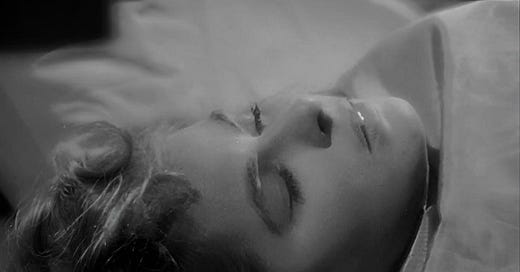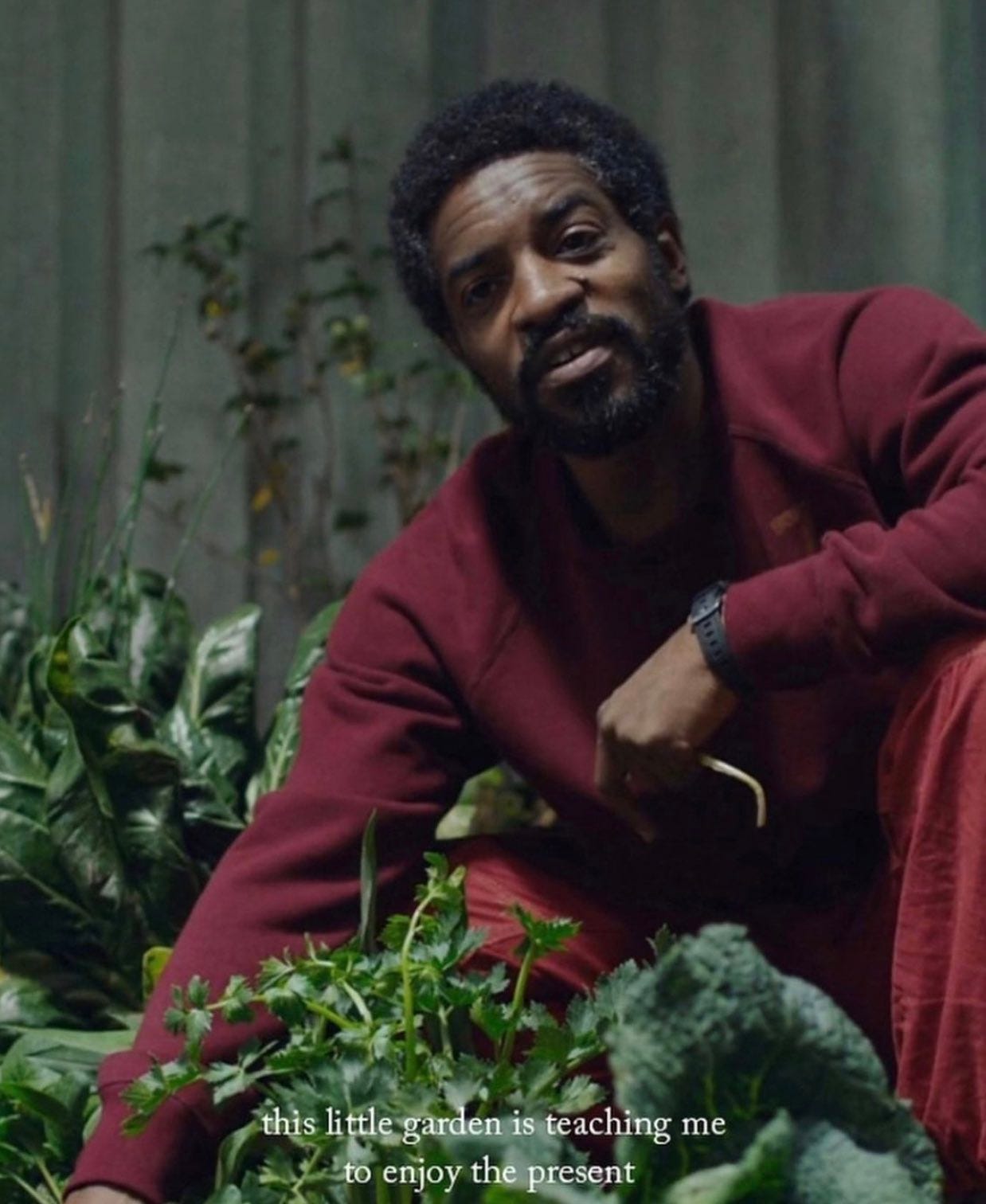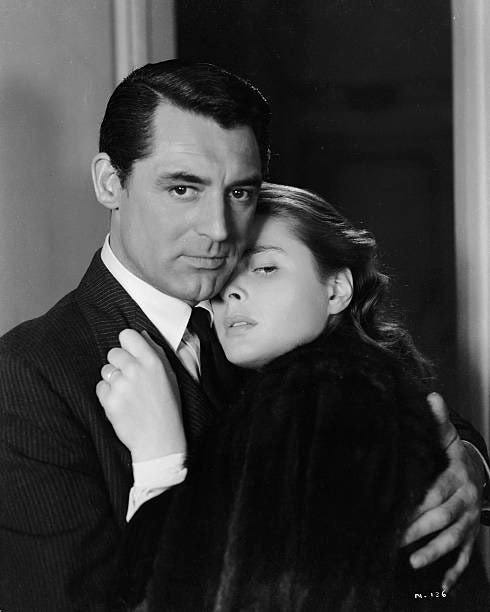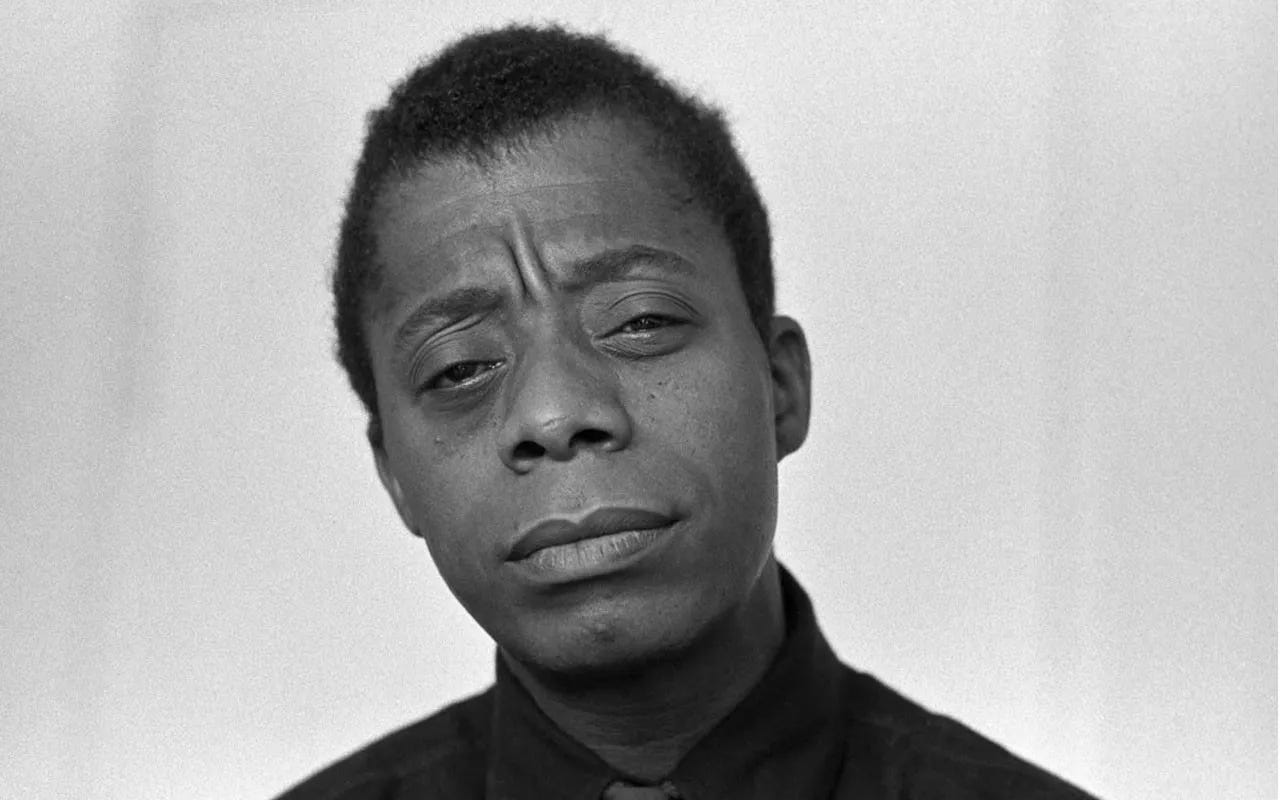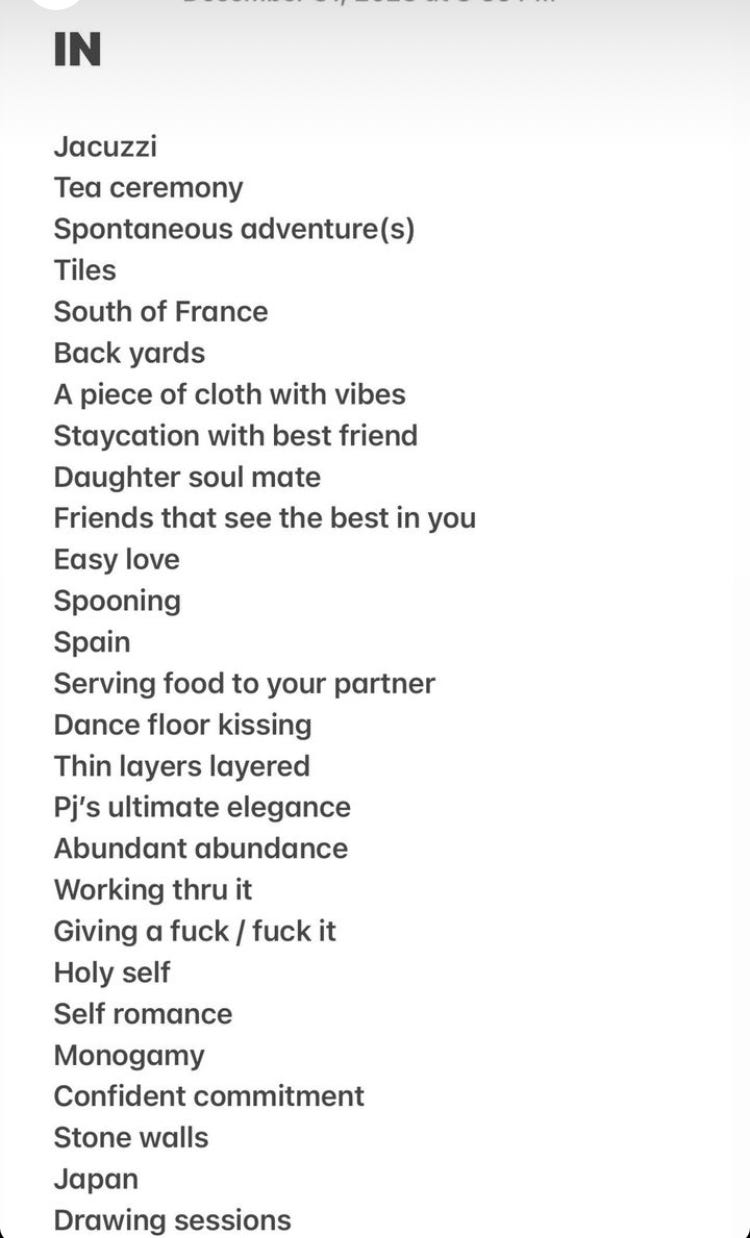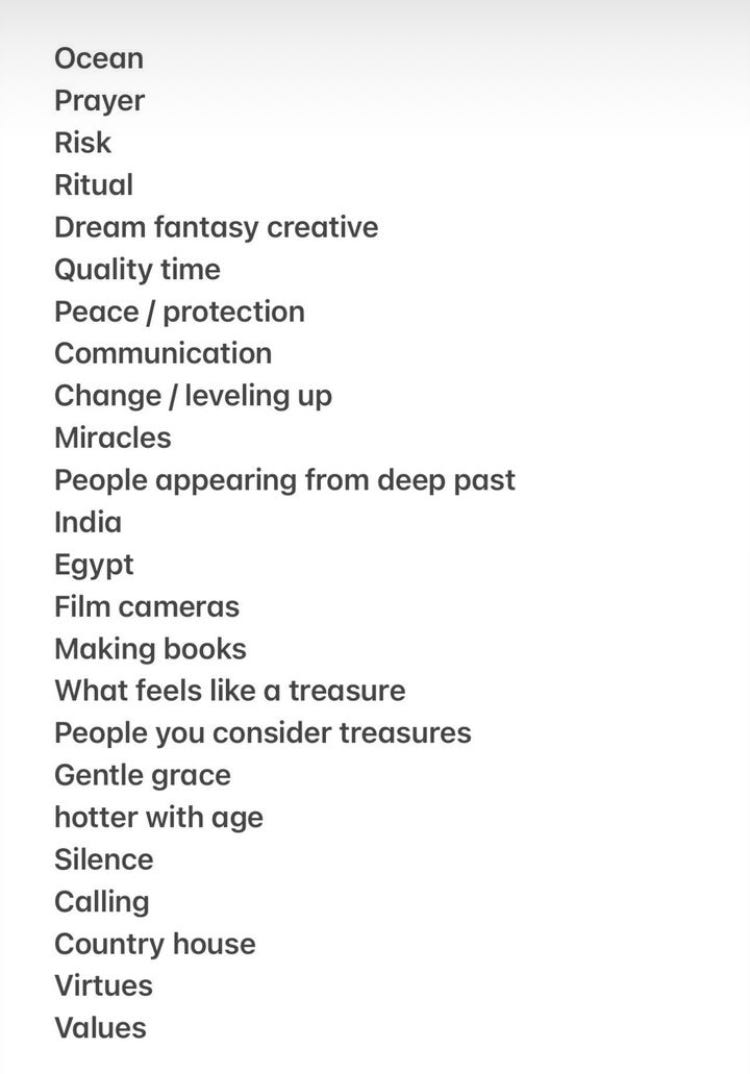I love a beginning. The beginning of anything is a time of innocence. You don’t know what you don’t know. There’s a freshness. Anything can happen. Everything feels heightened and ripe with potential.
I think that’s why we’re so addicted to the allure of the New Year. As a holiday, I think it’s the one that comes with the most expectations. Forget Christmas. Forget Valentine’s Day. It’s New Year’s Eve that makes you feel closest to your most animal self.
Yet I love the ritual of it. I love any opportunity to hit the reset button. I consider it to be generous, too, the idea that we can always give ourselves the permission to start over and try again.
But New Year’s, with all of its resolutions and commitments and thirty day plans, can be a punishing occasion as well. There can be shame around it because most of our grand and highly-unrealistic plans fail. I know mine always do. It’s why I’ve for the most part given up on the whole idea.
Part of this has to do with the fact that I now think about my life in seasonal terms. A lot of this has to do with gardening, but it’s a little deeper than that. I’ve always felt like my natural pace has been one geared towards slowness; I’ve had the sense of being rushed all my life. I adapted, learning how to be good at it, even convincing myself it was how I naturally moved through the world. Yes, I’ll do more. Yes, I’ll take on as much as I can. Yes, I’ll try to optimize my life. Yes and yes and yes.
The world is constantly demanding this of us. But in becoming more attuned to the natural rhythms of the earth, in having to pay attention to the changes in weather and temperature and soil humidity, something shifted within me. I’ve learned to appreciate the fact that all things have their specific place and time. It’s become a phrase I say to myself when I feel stuck in life, or when I wish to be elsewhere: There is a time and place for everything. The squash grows best in the summer months, the beets in early spring and winter. The roses whose smell I’m intensely fond of—making me insist to anyone who will listen to please, please smell them, you should take one, too—will not last forever, making their scent all the more sweeter.
While reading The Gardener’s Year by Karel Čapek, a truly delightful book on gardening, I was particularly struck by this passage:
I, we shall not go under yet, not we! All the year round is spring, and all through life is youth; there is always something which may flower. One only says that it is autumn; we are merely flowering in other ways, we grow beneath the earth, we put forth new shoots; and always there is something to do. Only those who keep their hands in their pockets say that it is getting worse; but who flowers and bears fruit, even in November, knows nothing of the autumn, but of the golden summer; knows nothing of decay, but of germination. Autumnal aster, dear man, the year is so long that you can’t see its end.
Time feels more manageable, too, when I break it down into seasons. If the pandemic taught me anything, it’s how quickly the world can change within a year. Whittling down my time into three or four month intervals makes planning projects and setting goals feel way less daunting. It’s also allowed me to become more flexible and forgiving with myself; I get a New Year four times a year. I give myself more opportunities to reevaluate and readjust. I’m less rigid.
The other day I came across the above breakdown of the seasons. I’m a ritualistic person, so I love the idea of associating seasons with particular colors, scents, or even experiences. It reinforces this idea of there being a time and place for everything. A reminder that nothing lasts forever and that everything is subject to change. After a year in the garden, I’m firmly convinced that life is cyclical, not hierarchical.
I - Hitchcock’s Notorious (1946)
I have a tradition of watching Hitchcock’s 1946 film Notorious on New Year’s Eve. I first watched the film three years ago. I can’t remember what compelled me to watch it for the second time the following New Year’s Eve. I was simply in the mood.
It’s a gorgeous film, superbly acted by Cary Grant, Ingrid Bergman, and Claude Rains. (A holy trifecta if you ask me. And I could go on about my love for Ingrid Bergman, but that’s another post for another time…) The film’s suspense and chemistry between Grant and Bergman evokes the bubbly, high-watt feeling of New Year’s Eve. Or maybe it’s simply the fact that the film begins with a party.
II - Two poems by Robert Kelly and Anne Waldman:
This year, I want to re-read the work of James Baldwin in honor of his centenary. I want to go to New York and spend entire days just looking at art. Lean on my friends for support more often. Ask for help. Stop spending too much time on emails. Take more film photographs. Be more patient. Pay attention to my dreams.
III. Ins
Of all the “Ins” in the various “In/Out” lists I came across my Instagram Stories this week, Maryam Nassir Zadeh of eponymous label MNZ’s was the most daydream-inducing:
IV. A list of pleasures
The above is my submission to The Pleasure Lists, an Instagram account devoted to the documentation of pleasures. I enjoyed keeping an archive of pleasures as a practice, and it’s one I’d like to continue throughout the year. I encourage you to start one, too!
Some recommendations:
This list of one-hundred ways to share your work and life that aren’t social media.
Installing The Creative Independent’s Chrome Extension for daily doses of inspiration.
Brian Eno’s Oblique Strategies as a creative toolkit.
As always, thank you for reading. If you enjoyed this post, please don’t hesitate to share it. These posts are free, and every share, view, and subscribe directly supports me and my work!
I’ll see you in a week 💌


